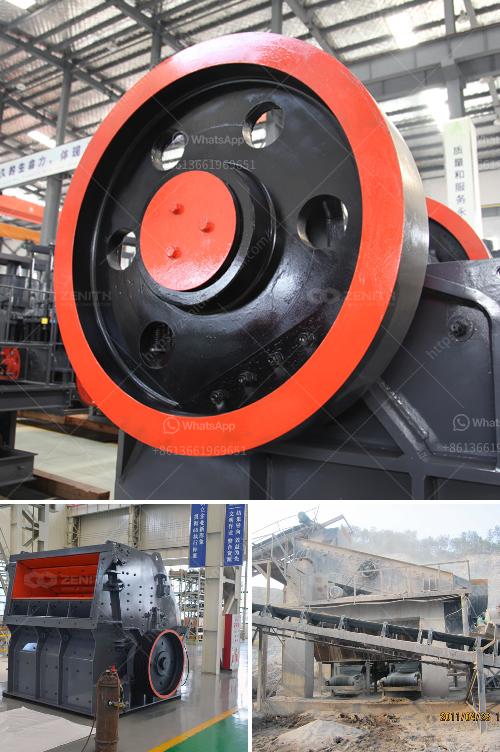In the cement manufacturing process, limestone is a crucial raw material. The size of limestone after crushing is an important factor that influences the efficiency of the cement production process. Typically, the limestone is crushed to a size of about 75mm to 90mm. This size range is optimal for the subsequent stages of the cement production process, including grinding and mixing with other raw materials.
Here are some key points to consider regarding the size of limestone after crushing in cement production:
Initial Crushing: The raw limestone is initially crushed using primary crushers, such as jaw crushers or gyratory crushers. The goal is to reduce the large chunks of limestone to a manageable size.
Secondary Crushing: After the initial crushing, the limestone may undergo secondary crushing using impact crushers or cone crushers. This further reduces the size of the limestone particles.
Optimal Size: The optimal size of limestone after crushing is typically around 75mm to 90mm. This size is suitable for the raw mill, where the limestone is ground into a fine powder.
Importance of Size: The size of the crushed limestone affects the efficiency of the grinding process. Smaller particles are easier to grind and mix with other raw materials, leading to a more uniform and consistent final product.
Screening: After crushing, the limestone is often screened to ensure that the particles are within the desired size range. Oversized particles may be sent back for further crushing.
Impact on Kiln Efficiency: Properly sized limestone ensures efficient calcination in the kiln, where the raw materials are heated to form clinker. Uniform particle size helps in achieving consistent temperature distribution and chemical reactions.
In summary, the size of limestone after crushing in cement production is typically around 75mm to 90mm. This size range is crucial for the efficiency of the grinding and mixing processes, as well as for achieving consistent quality in the final cement product.

